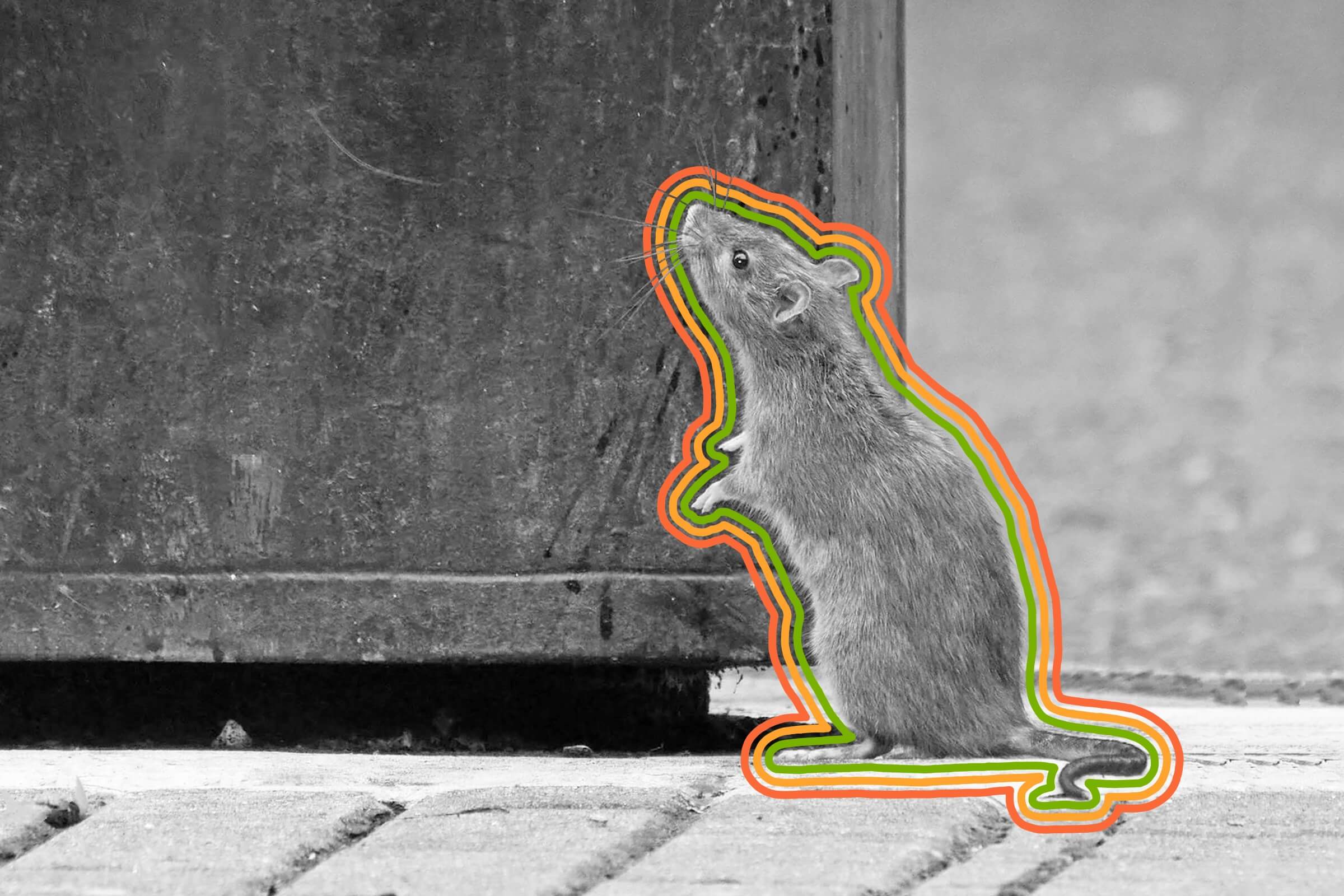
Cats can recognize their owners’ voices.
While dogs are often touted as man’s best friend, cats can be so aloof that they seem like little more than a passing acquaintance. However, there is more going on between felines and their human owners than a cat’s sometimes steely exterior may suggest. In October 2022, researchers from France published results from an experiment examining the relationship cats have with their owners’ voices. In the study, cats responded more positively to a familiar human voice (swishing tails, pivoting ears, pausing grooming) than when they heard the voice of a stranger.
This builds on previous research from 2013 that found a similar connection between a familiar voice and its effects on a cat — though none of the felines in that study even bothered to get up in response to the voices they recognized. Unlike dogs, cats were never domesticated to follow a human’s orders, and instead were the product of a more symbiotic relationship, as the rise of agriculture also gave rise to rodents and other pests for cats to hunt.
The French researchers also studied how owners spoke with their pets; specifically, if they used cat-directed speech — aka baby talk — which is known to positively impact both babies and canines. (In fact, babies learn words more quickly when listening to baby talk.) Owners’ voices were recorded asking questions such as “do you want to play?” and “do you want a treat?” using both cat-directed speech and human-to-human conversational speech. Like dogs and babies, cats reacted more positively to cat-directed speech than to an owner’s normal speaking voice.
Hearing a recording of your voice can be an unpleasant experience, as the sound isn’t usually what you expect. To put it simply, hearing works by something called “air conduction,” in which sound waves travel to our ears’ cochleas, which in turn stimulate nerve axons that send signals to the brain — but that’s not what happens when we speak. While some air conduction occurs when we hear ourselves talking, most sound is translated through “bone conduction,” particularly our skull bones. This blend of both air and bone conduction gives our voice a deeper, richer low end, which explains why most people perceive their voices as higher pitched when listening to a recording.

